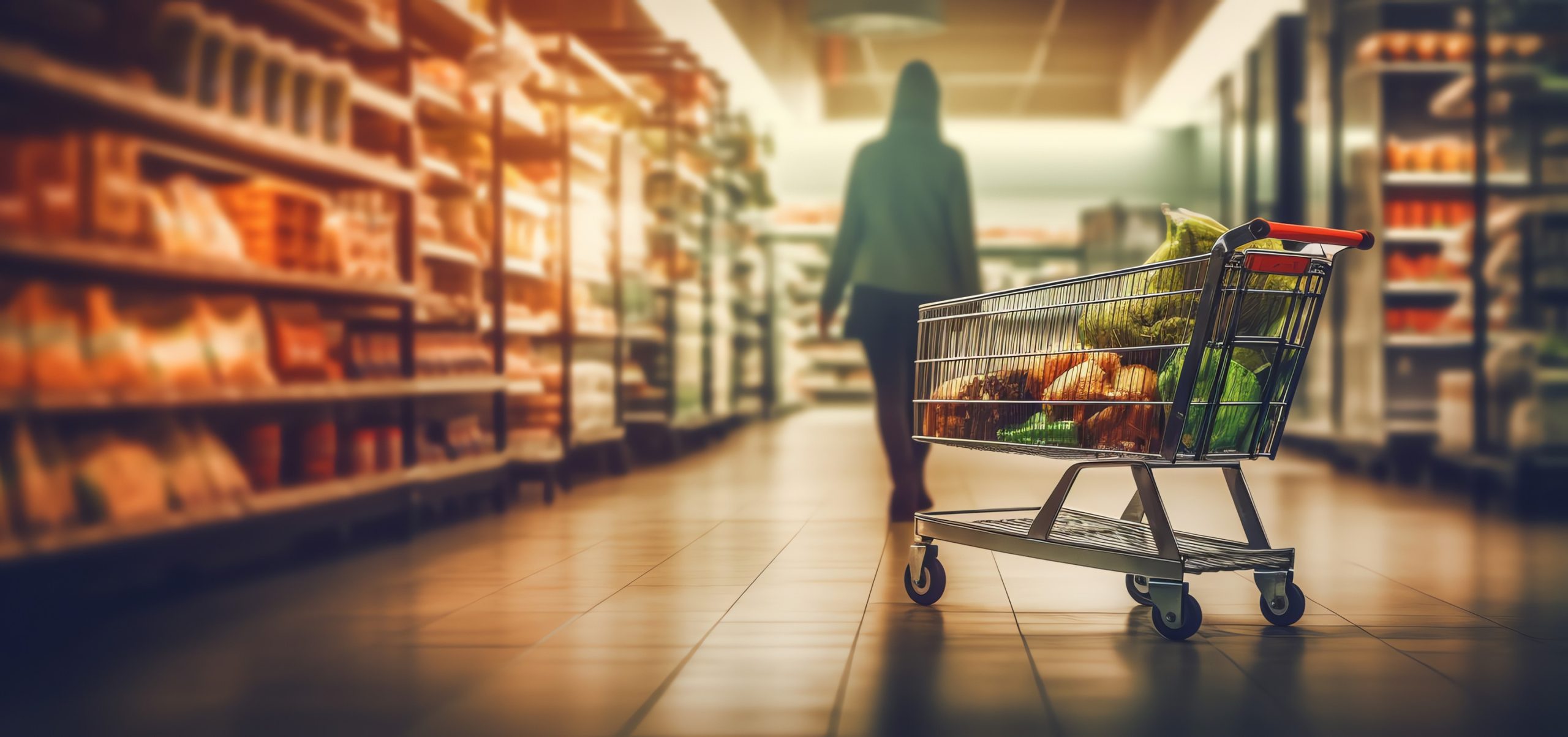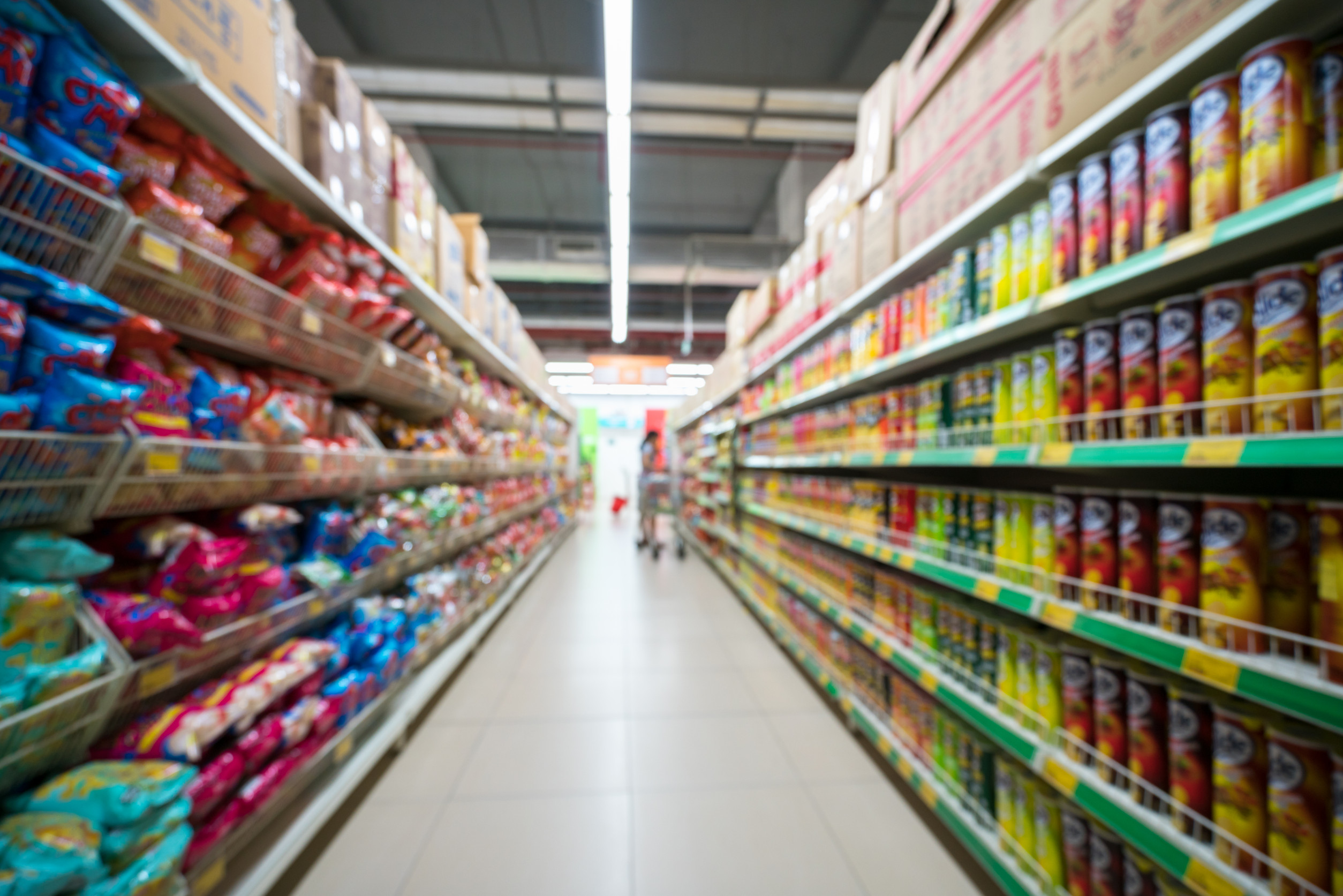Grocery shopping seems innocent enough—grab a cart, follow a list, and stock up for the week. Yet every aisle hides a subtle trap, meticulously designed by store planners who know exactly how to tap into human psychology. Shoppers walk in for eggs and milk, and somehow walk out with chocolate bars, candles, and a tub of gourmet ice cream. There is an entire science behind why wallets feel lighter by the time the receipt prints.
1. Fresh Produce at the Entrance
The moment shoppers’ step through the sliding doors, they are greeted by a vibrant display of fresh fruits and vegetables. Psychologists say this colorful abundance gives an immediate sense of health and freshness, priming the mind for indulgence later. After loading up on greens, shoppers feel they have earned a reward, making cookies and chips in aisle seven that much more tempting. The sight and smell of fresh produce also slows people down, inviting longer browsing times. Longer browsing means more opportunities to toss extra items into the cart.
2. The Sensory Bakery
Few can resist the warm, comforting smell of freshly baked bread drifting through the store. Bakeries are often positioned near entrances or along major pathways to ensure shoppers catch that enticing aroma. This sensory trigger sparks hunger, making shoppers more likely to pick up snacks they never planned on buying. The smell alone can cause people to spend more time wandering aisles while their stomachs do the shopping. A simple loaf of bread can lead to pastries, pies, and a sudden craving for gourmet cheeses.
3. Strategically Placed Essentials
Basic necessities like milk and eggs are rarely found near the front. Instead, they hide in the farthest corner of the store. This forces shoppers to pass tempting displays of cookies, frozen pizza, and new seasonal treats along the way. Every step becomes another chance to buy something unplanned. The longer the journey to the basics, the greater the haul at checkout.
4. Checkout Lane Temptations
Even after the cart is full, the checkout lane serves up one final test of willpower. Candy bars, glossy magazines, and tiny gadgets line the shelves right where shoppers wait. These last-minute items are chosen for their low cost and high temptation factor. The brief wait time feels like permission to grab a sweet treat as a reward for a successful shopping trip. Retail psychologists know that small splurges add up fast when thousands of customers pass through daily.
5. Narrow Aisles for Browsing
Narrow aisles force shoppers to slow down, making it harder to rush past tempting products. With less space to maneuver, people often pause, allowing their eyes to wander over items they would normally ignore. Slower movement means more time to consider impulsive buys. Crowded aisles can even make shoppers feel they should linger politely, rather than push through. More time spent inside the store is money in the bank for retailers.
6. Eye-Level Product Placement
Products placed at eye level sell significantly better than those on higher or lower shelves. Grocery stores pay careful attention to this, putting popular or high-margin items exactly where shoppers will see them first. Less profitable or generic brands are often found near the floor or too high to notice easily. Bright packaging at eye level grabs attention, especially for children seated in carts. This tactic ensures that even those who come prepared with a list are tempted by impulse items they never intended to buy.
7. Music and Lighting
Background music and soft lighting are not there just to create a pleasant atmosphere. Slow, soothing music encourages shoppers to move more leisurely through the store. Bright, warm lighting makes produce look fresher and colors appear more vibrant. This calming environment lowers mental defenses, making it easier to justify spontaneous purchases. Shoppers lose track of time, wandering longer and filling carts with things that caught their eye in the glow of perfect lighting.
8. Seasonal and Endcap Displays
Stores love to showcase themed or seasonal products at the ends of aisles. These endcaps are prime real estate for special promotions, limited-time snacks, and holiday treats. Bright signs and colorful displays grab attention and make shoppers feel they must act quickly. The fear of missing out triggers a desire to pick up that new flavor of cookies or the novelty-shaped pasta. Psychologists point out that these displays create an illusion of savings or urgency, leading to extra spending without much thought.
9. Larger Carts and Baskets
Big shopping carts may seem like a convenience, but they are also a clever tool to encourage overspending. Research shows that larger carts make shoppers feel they have not picked up enough, even when they have. This subtle trick pushes people to grab a few more items to make the cart look full and the trip feel worthwhile. Smaller baskets are no better, as their awkward shape can make them feel heavier faster, causing shoppers to switch to a cart and keep shopping. By the time the checkout is reached, the total bill often surprises.
10. Hidden Store Layouts
The overall maze-like design of many grocery stores is no accident. Clear paths to essentials rarely exist, forcing shoppers to wind through multiple sections. This exposes them to new products, enticing packaging, and well-placed discounts. Each twist and turn brings opportunities for impulse grabs. The confusing layout keeps people inside longer, ensuring they see and consider more items than they ever planned.
The Hidden Costs of Clever Design
Every corner of a grocery store is crafted with the shopper’s subconscious in mind. Bright produce, irresistible smells, narrow aisles, and endless temptations all work together to open wallets wider than intended. Understanding these tricks does not mean skipping indulgences altogether, but awareness can lead to smarter shopping choices.
The next time a simple grocery run turns into a cart overflowing with surprises, remember the subtle designs at play. Share thoughts or stories about clever shopping habits in the comments—others might learn a trick or two.
Read More
10 Things Grocery Stores Do to Make You Forget What You Came For
10 Things You Should NEVER Do in the Grocery Store That You Probably Already Have


